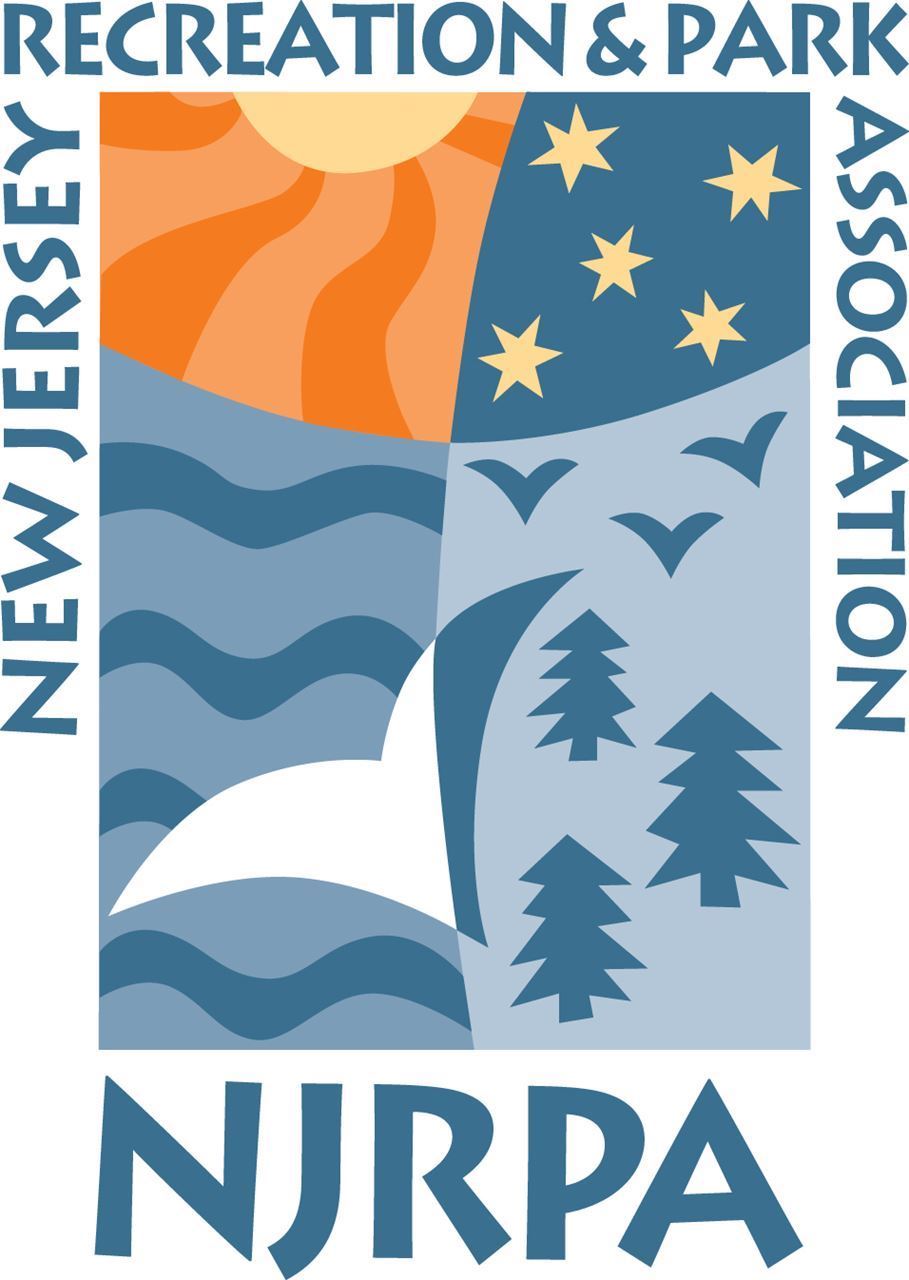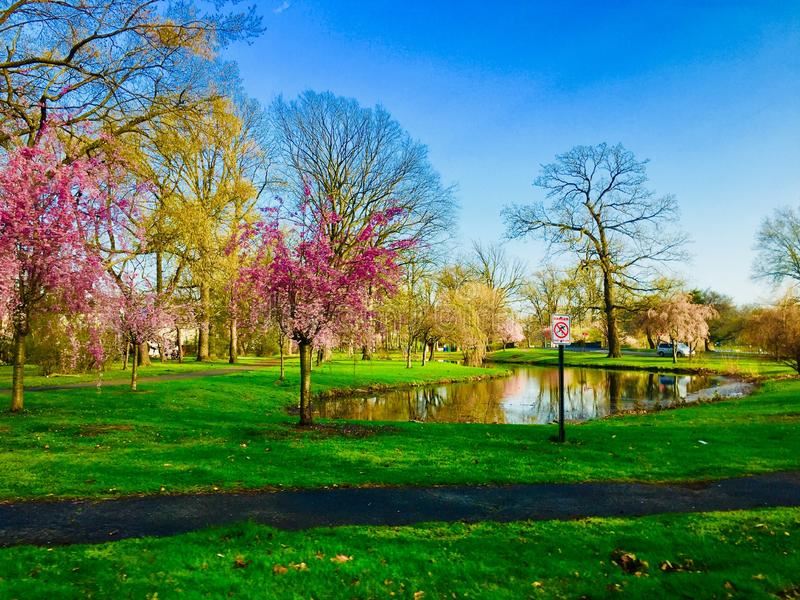As seas rise, NJ’s wetlands disappear
Andrew S. Lewis | November 2, 2021 | Energy & Environment
Fall storms do damage as development pressures increase
Credit: (Andrew S. Lewis)
Critical issues
According to a new paper, led by Rutgers University’s Judith Weis, “The loss of marshes due to rising sea levels is now a critical issue for the present, rather than a future problem.”
Autumn in New Jersey often means the arrival of the highest tides of the year. Right on time, early October’s new moon brought several days of well-above-average high tides made worse by persistent easterly winds, which, on the Jersey Shore, act like a bulldozer, pushing ocean water into back bays and holding it there, against the will of outgoing tides.
For several days, whole swaths of back-bay wetlands, dry on normal high tides, were consumed by the water for hours at a time, only the tips of their cordgrass meadows poking above the rolling waves.
“Instead of six or eight days a month,” said Dr. Lenore Tedesco, executive director of the Wetlands Institute, in Stone Harbor, Cape May County, “the frequency of inundation of some of these marshes now is on the order of 20 days a month.”
It is helpful, Tedesco continued, to think of such persistent flooding like a potted plant. “If you water it too much,” she said, “it stops growing well.”
October’s severe tidal flooding came on the heels of a new research paper that analyzed five wetlands locations in New Jersey, from the Delaware Bay to the Meadowlands. The paper, published in the journal “Anthropocene Coasts,” follows work done for a 2020 report conducted for the Department of Environmental Protection’s science advisory board and led by Judith Weis, a professor emerita of Rutgers University’s biological sciences department.
A litany of threats
Both studies identified a litany of threats to the state’s wetlands, including land reclamation, development, dredging, and nutrient overload. But sea level rise, Weis and her co-authors wrote, “is by far the largest climate-related threat to salt marshes.”
Coastal New Jersey is experiencing sea level rise at a rate of between 0.19 and 0.23 inches a year. Over the last century, the water has risen by almost 18 inches, one of the fastest rates in the world. That rise in the water is furthered by subsidence — the sinking of the land due to forces both natural, ongoing downward settling from the last glacial period, and unnatural, slumping from draining aquifers faster than they can be replenished.
A significant percentage of the rise has occurred in recent decades, revealing an acceleration that, based on a scenario of moderate fossil fuel emissions, is going to push tides at least 1.4 feet higher by 2070 and at least 2 feet by 2100. Under a high emissions scenario, the predictions are much more frightening.
Credit: (Andrew S. Lewis)
Early October’s new moon, coupled with several days of easterly winds, caused much of the South Jersey Shore’s back bay marshland to be completely underwater.
Just as no stretch of New Jersey shoreline is quite the same as the next, the rise is not uniform along the coast, nor is the impact it is having on wetlands, which are crucial to the survival of scores of fragile fish and bird species. Wetlands are also crucial for their ability to absorb carbon dioxide and other toxins, like runoff from residential and agricultural development, while protecting coastal communities from flooding. For example, the study points out that the Northeast’s tidal wetlands prevented $625 million in flood damage from Superstorm Sandy, and that, year over year, they reduce flood losses by 16%.
In the Meadowlands, most of the wetlands loss can be attributed to development pressure. According to the new Rutgers study, in 1889, there were over 20,000 acres of tidal wetlands in the Meadowlands; by 2019, the total was down to about 8,400.
What about Raritan Bay?
Between 1986 and 2015, the Raritan Bay region’s wetlands experienced “virtually no change,” and in the New Jersey portion of Raritan Bay, in fact, there was more gain than loss. The authors point out, however, that published data on wetlands loss in the region is lacking and that “there is a great need for further study in Raritan Bay and other parts of Harbor Estuary.”
On the southern reaches of the New Jersey coast, however, the losses are significant. Between 1972 and 2012, the study found, nearly 12% of Barnegat Bay’s tidal wetlands disappeared, equating to an average shoreline erosion rate of over 19 inches a year.
More than any other location, the Delaware Bay region illustrates just how much unnatural pressure that sea level rise is putting on wetlands. The vast majority of the Bayshore’s some 85,000 acres of marsh is unimpacted by development, though the negative legacy of 19th- and early 20th-century salt hay farming, like diking, remain. Therefore key elements of wetlands stability — low elevation, sediment supply, and open space for migration — are in abundance.
Because of these contributors, the Delaware Bayshore marsh accretes on average 0.17 inches a year. Under natural rates of sea level rise, this amount of accretion would allow the marsh to keep up. But up against the 0.21 inches of sea level rise that New Jersey experiences on average per year, the Bayshore’s wetlands just can’t keep up. The result is a loss of between 1%-2 % of marsh per decade, according to the study.
“The loss of marshes due to rising sea levels is now a critical issue for the present, rather than a future problem,” the authors conclude.
Blue Acres, potential solution?
There are, however, “potential solutions” for the state’s wetlands loss, according to the study.
Wetlands do have the ability to migrate inland with sea level rise, but in much of New Jersey’s coastal and riverine areas, marsh movement is restricted by the built environment. If future development is conducted in nontraditional ways that avoid “coastal squeeze,” as the study’s authors put it, and instead allow for marsh migration pathways, the state’s wetlands might be sustained. A study by the U.S. Fish and Wildlife Service in the mid-1980s estimated that New Jersey had 916,000 acres of wetlands, an amount, Weis said, that’s “getting smaller every day.”
Another alternative to traditional development is strategic managed retreat.
In New Jersey, the Blue Acres program acquires and demolishes repetitively flooded homes, permanently preserving the land where they stood as open space and, thus, a buffer for future flooding. Currently, the program looks for “clusters” of homes to buy out and demolish to create large buffer zones. But after the deadly and costly flooding caused by Tropical Storm Ida this summer, there is renewed attention on Blue Acres and its path forward.
In a call with reporters in September, DEP Commissioner Shawn LaTourette was asked about the effectiveness of the program’s cluster approach to home buyouts. “We may be putting barriers in our own way to conveying risk if we are only saying we are going to buy out entire communities,” LaTourette said.
Credit: (Andrew S. Lewis)
“Instead of six or eight days a month,” says Dr. Lenore Tedesco, executive director of the Wetlands Institute, “the frequency of inundation of some of these marshes now is on the order of 20 days a month.”
LaTourette expanded upon his suggestion that changes could be on the way for the Blue Acres program in a recent interview with NJ Spotlight News. “The program needs to be reimagined,” LaTourette said. “New Jersey is going to have a wetter, more flooded future and making Blue Acres proactive is reflecting that reality.”
Perhaps Weis and her co-authors’ most interesting potential solution for boosting the state’s wetlands is their recommendation to legislators and citizens alike to reconsider our aggressive position toward the invasive phragmites — the tall, tasseled reed that is now ubiquitous across the state, along the upland edges of marshlands and throughout freshwater wetlands.
Changing view of phragmites
The traditional approach to phragmites has been to eradicate them, simply because they are labeled as invasive, but also because they can have negative impacts on a certain few fish, bird and plant species. But because of their dense growing pattern, phragmites are also effective in trapping sediment, thus improving accretion, as well as absorbing CO2, heavy metals and nitrates from agricultural and residential runoff.
“Phragmites doesn’t do salt water, so they’re only relevant at the saltwater-freshwater fringe,” the Wetlands Institute’s Tedesco cautions. “So, if you’re interested in ecosystem sustainability, habitat function, food web resources, it’s not a good plan, but if you’re interested in how fast it can bury carbon, vertically accrete or trap metals and contaminants, it’s a workhorse.” Nevertheless, Tedesco said, utilizing the invasive species is “an interesting concept.”
Weis agrees that more research needs to be done to determine where and how phragmites can be most effective, but she says that now, more than ever, is the time to find out. “In this age of sea level rise and marsh loss we’re living in,” she said, “having that plant turns out to be an advantage.”
Finally, living shoreline projects offer hope in many forms, from the construction of oyster reefs to distributing sediment dredged from navigational channels onto sinking marshland and eroded shoreline edges — a technique being pioneered by Tedesco and her team, along with the state and Army Corps of Engineers, at the Wetland’s Institute’s Seven Mile Island Innovation Lab.
The lab is a new concept and project monitoring is just beginning, but Tedesco is encouraged by what they’ve seen so far. In one area, which was once marsh but in recent years has been transformed to mudflat because of over-inundation, Tedesco’s team has been successful at regrowing Spartina cordgrass — the first step in regenerating a wetlands habitat that can sustain fragile species like the diamondback terrapin and salt marsh sparrow.
“Soft” solutions, like the distribution of sediment dredged from navigational channels, which has been conducted in the back bay waters around the Wetlands Institute, to build up several rapidly eroding marsh islands, along with others presented in the study, represent the multi-pronged approach to sea level rise that both Tedesco and Weis say the state needs to take.
“This is happening because of what people have done to the atmosphere, so there’s a responsibility to maintain endangered ecosystems the same way as we try to maintain endangered species,” said Weis. “It may be that in a couple hundred years, with sustained sea level rise, wetlands are going to be gone altogether no matter what we do, but if we can keep them around longer, isn’t that a good thing?”



